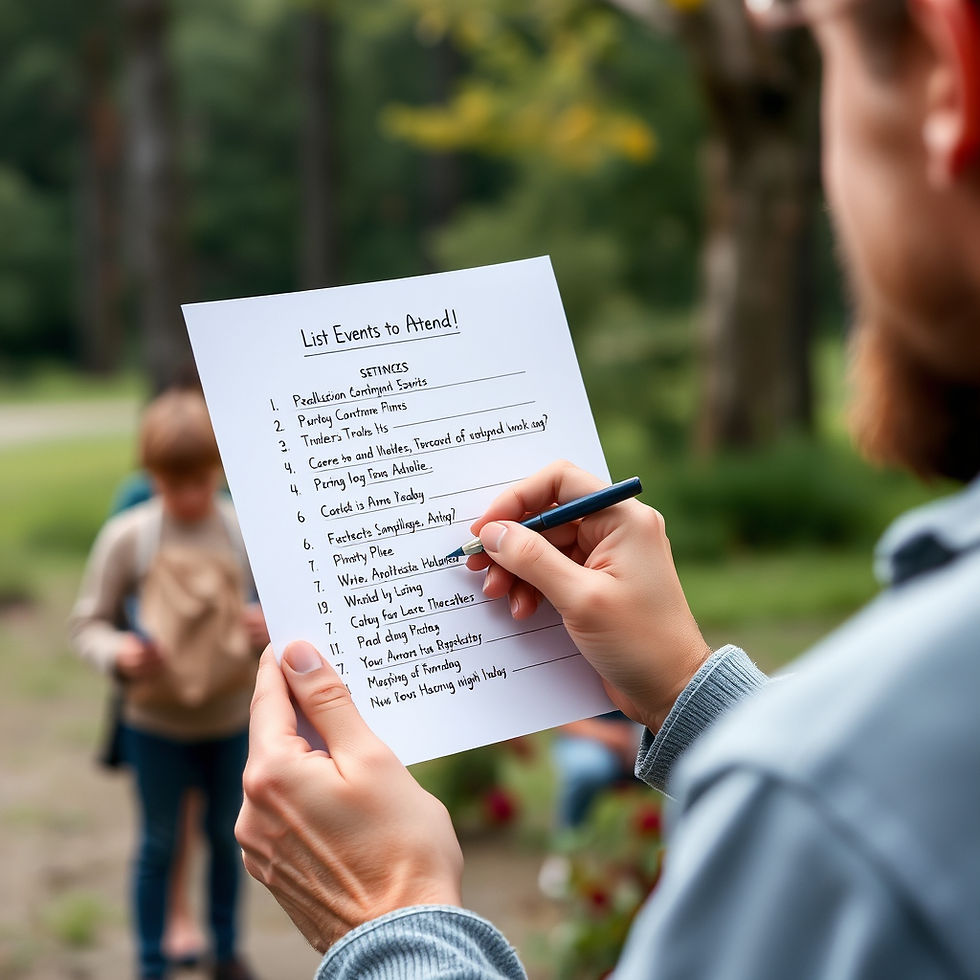Siege of Fort Randolph, West Virginia
- Vicki Johnson

- May 21
- 2 min read
Compiled by Vicki Johnson
from the website, https://fortrandolph.weebly.com
Reenactors at Fort Randolph in Point Pleasant, WV, spent last Saturday afternoon manning the cannons and attacking the fort – depending on which side they were portraying. The fort conducts the siege reenactment each year in honor of its history.
According to the fort's website, the original fort was built in 1776 at the confluence of Great Kanawha and Ohio eivers. Under orders from Gen. Edward Hand, Capt. Matthew Arbuckle erected the stockade with block-houses and cabins. It was named Fort Randolph after Continental Congressman Peyton Randolph and housed about 100 men.
The fort was commanded by Arbuckle throughout 1777, and then by Captain William McKee with a body of state troops early in 1778 until all troops left in early 1779. By midsummer, the fort no longer existed. Col. William Crawford, stationed at Pittsburg, wrote General Washington on July 12, 1779, to report that "as soon as Fort Randolph was evacuated, the Indians burnt it."
Although only briefly in existence as an early American fort outpost, Fort Randolph played a key role in preventing an Indian alliance with the British during the early days of the American Revolution.
Also, in November 1777, Chief Cornstalk of the Shawnee tribe, was murdered at the fort along with his son Elinipsico and other Shawnees by an angry mob. A few months later more than 200 Shawnee, Wyandotte and Mingo warriors attacked and laid siege to Fort Randolph in retaliation for Chief Cornstalk’s death.
Today's fort in a replica, which was rebuilt about a mile from the fort’s original location as a commemorative project partially funded by the American Revolution Bicentennial Administration in 1974. Like the original structure, the fort features a complete stockade with multiple buildings.
Fort Randolph hosts several events each year to provide visitors the opportunity to experience West Virginia’s 18th-century past. Visitors can see the fort and enjoy the grounds on weekends throughout the summer months through self-guided or interpretive tours. Hours are 11 a.m.-5 p.m. Saturdays and Sundays Memorial Day weekend through Labor Day weekend, plus Fridays in June and July. Admission is free, but donations are welcome.










Comments